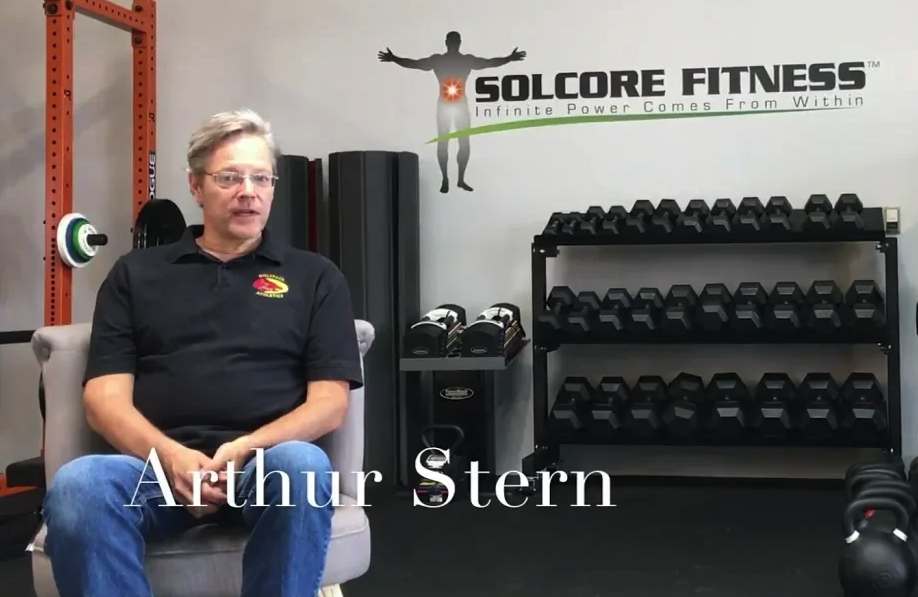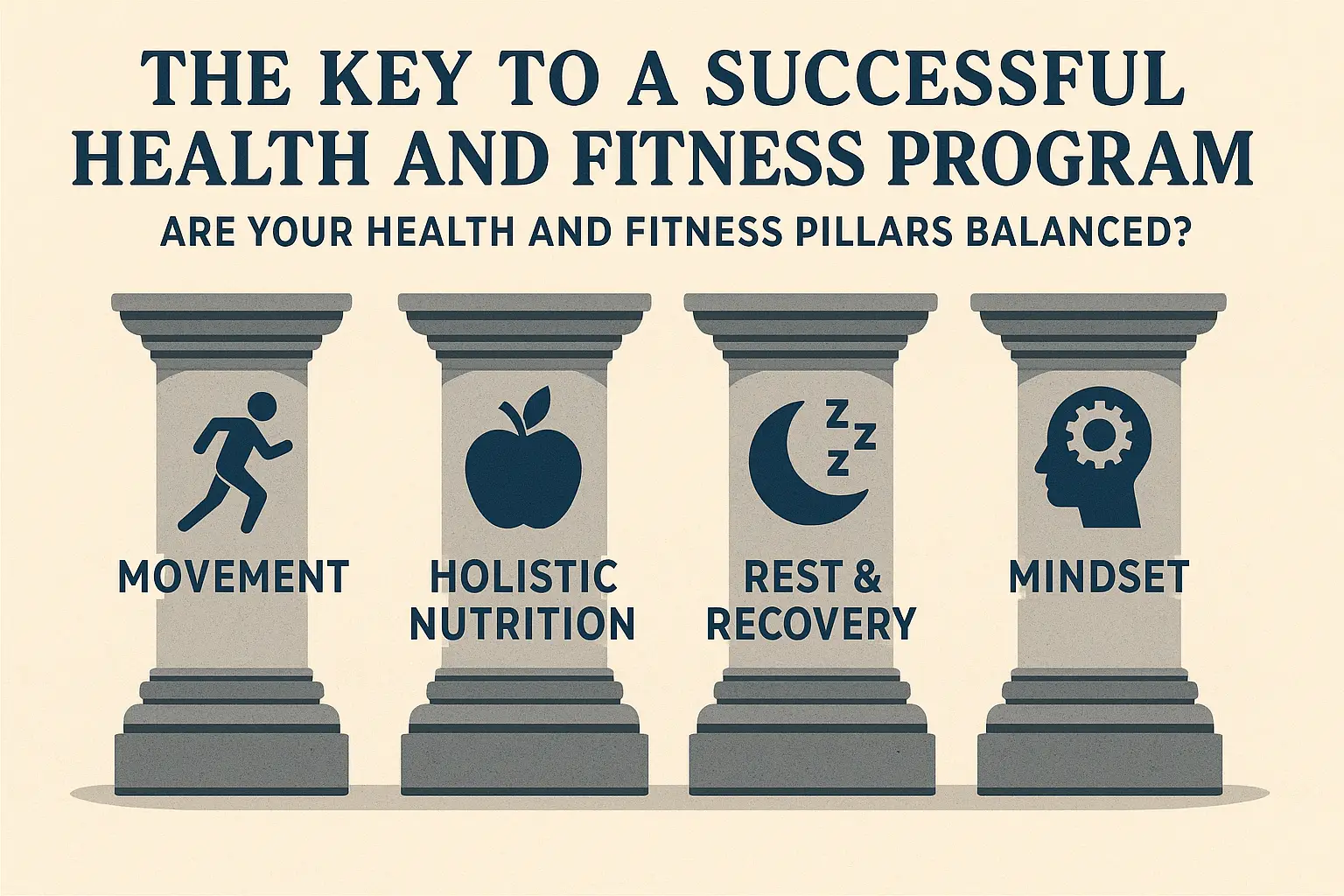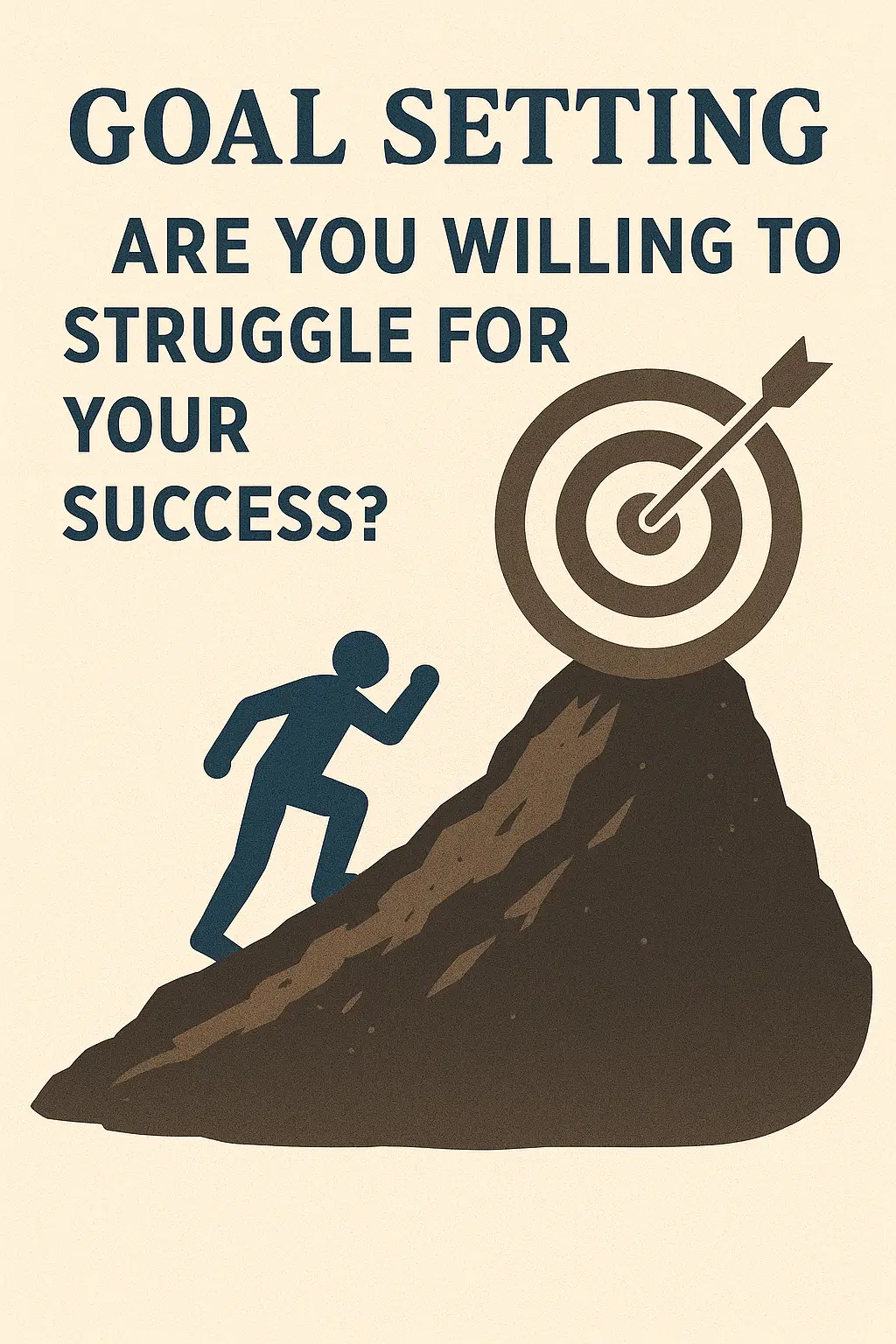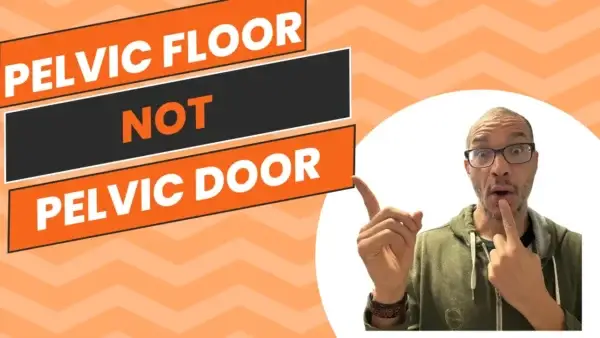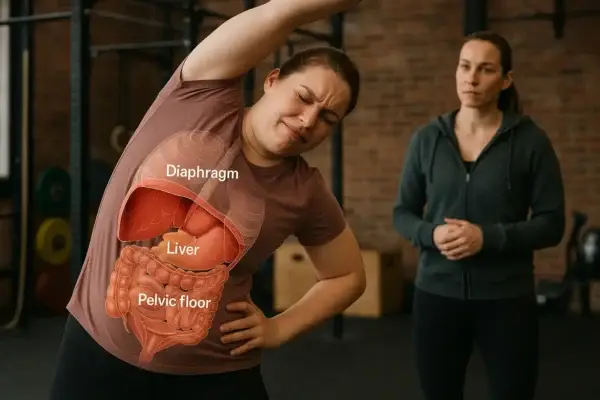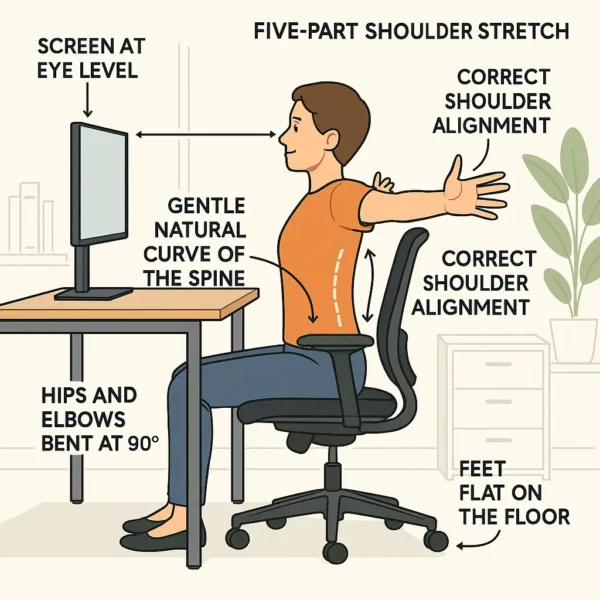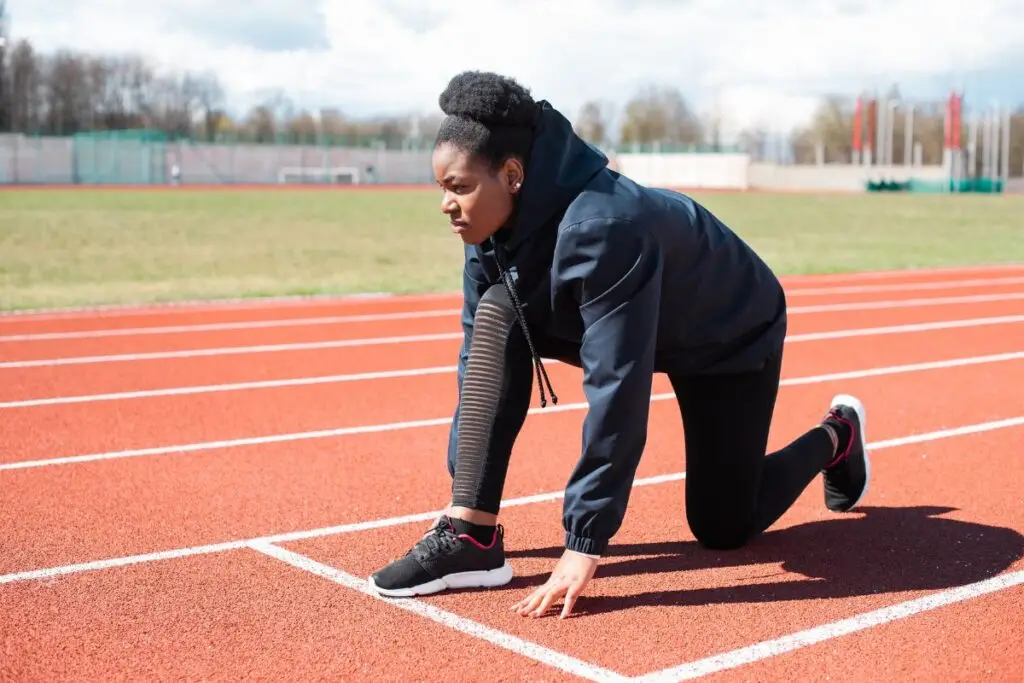
Water, Water Everywhere
Water is one of the most important staples for health and fitness. If we are dehydrated, it can trigger a host of physical problems—from fatigue and headaches to muscle cramps and poor recovery—sometimes leading to bewildering health expenses when the solution is simple: DRINK MORE WATER!.
Symptoms of Dehydration
Mild: thirst, dizziness, anger, depression, confusion, light-headedness, dry mouth and nose, slowed urine production
Moderate: sunken eyes, poor skin elasticity, rapid breathing, low blood pressure, weak pulse
Severe: fainting, severe muscle contractions, convulsions, heart failure, kidney issues, lack of urine, cool/moist extremities, cyanosis, even death.
Water Facts and Why Hydration Matters
The earth is 70% water, while humans are about 75% water—our blood saline matches the ocean. Water facilitates over 10,000 molecular actions per second, helping cells intake nutrients and remove wastes, supporting joints, muscles, fascia, and internal movement.
If dehydrated, the sliding surfaces inside your body develop friction, tension, inflammation, and dysfunction. Every system suffers:
- Mental Focus: dehydration impairs brain function and clarity.
- Muscle Performance: water keeps muscles plump, mobile, and strong—a muscle is ~80% water.
- Recovery & Digestion: hydration flushes waste, supports organ systems, and regulates temperature.
- Weight Loss & Appetite: sometimes “hunger” is simply thirst; drinking water before meals helps control calories.
How Much Should You Drink?
Track your intake—use a journal or phone. A good rule: drink at least half your body weight in ounces daily (e.g., 150 lbs = 75 oz water).
- “Plain water” means no additives and best two hours after eating.
- Start gradually—break your daily goal into thirds: before 11am, 3pm, 7pm—then increase each section over time.
- If you enjoy lemon or lime, make half your intake plain for best tissue hydration.
Start each morning with a glass or two to “front load” your daily hydration—this boosts body function and helps compensate if your day gets busy.
Water Quality and Hydration Sources
All water isn’t equal. Most municipal sources contain contaminants and chemical additives.
- Best sources: artesian > spring > filtered.
- Add a small pinch of Celtic sea salt occasionally to help with absorption and supply natural electrolytes.
Hydration for Performance, Health, and Longevity
Hydrated bodies move better, recover faster, and outperform dehydrated ones in every part of life:
- Endurance, focus, and injury prevention are all supported by regular, distributed water intake.
Learn more about hydration, wellness, and holistic fitness strategies:
Drink Water for Your Success
Find out more @

